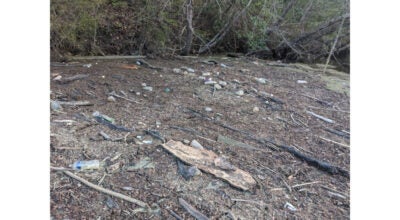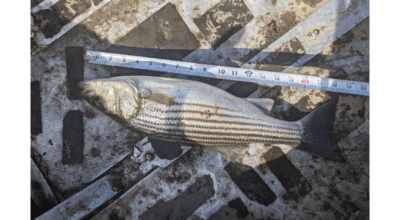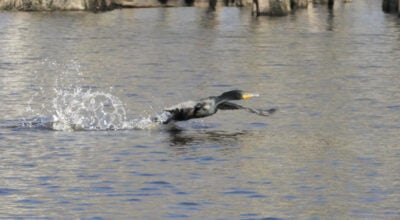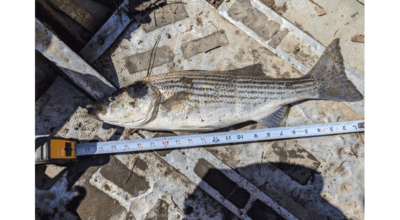Time to plant the personal nursery stock
Published 10:42 pm Wednesday, January 25, 2023
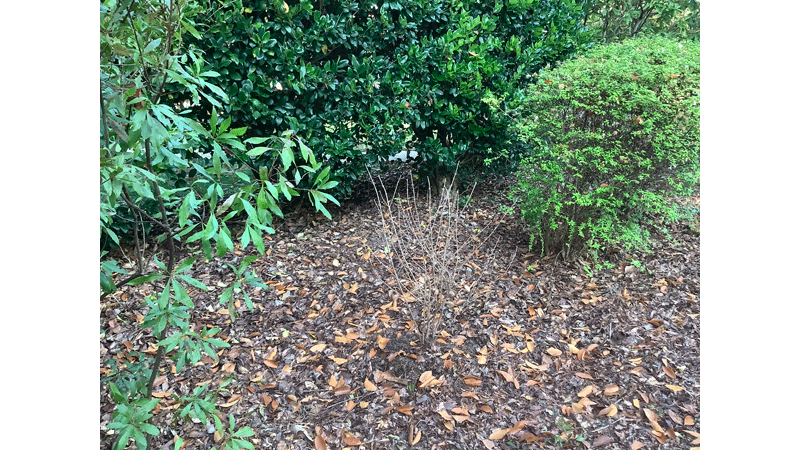
- Autumn, winter and going into very early spring is a good time to do some sorting of your personal nursery stock. (Submitted photo)
|
Getting your Trinity Audio player ready...
|
By Stella Payne
Virginia Master Naturalist
Over the years I have accumulated a variety of native plants, in pots, from friends, and plants I have transplanted into pots from my own yard. Autumn, winter, and going into very early spring, is a good time to do some sorting of your personal nursery stock. Planting during this time enables the root system to become established before the main growing season.
I have a Beautyberry in a large tub. Taking a leaf out of the article, last May, on Hedgerows, by MC Foster, it will become part of the hedge shouldering on my neighbor’s hedge.
To accomplish this task I sacrificed a couple of “robust kids,” (wax myrtle). These bushes I grew from cuttings many years ago. They don’t owe me anything. Besides, I have lots of reseeds dotted around my yard.
I am confident this Beautyberry, given the correct amount of space, will thrive in this sunny location. Wax myrtles on the left and an Abelia bush on the right. A deciduous between two evergreens, with a evergreen backdrop. Throughout the winter I will keep an eye on this bush as it establishes its roots. I am already enjoying this hedgerow as I develop the biodiversity of this space.
American Beautyberry (Callicarpa. americana) is a native woodland plant in the southeastern states and is considered hardy in zones 7-11. Callicarpa means beautiful fruit. Be aware there are three Asian non native species, C. japonica from Japan, and C. dichotoma and C. bodinieri from China. It is always best to seek out natives. Many species of native wildlife rely on native plants for food and shelter.
To see how Beautyberry performs you will find it growing at Windsor Library, Sleepy Hole Park in Suffolk and the IOW court house in the pollination garden. Even though the berries may have been eaten and the leaves have dropped, the shape and space it takes can be studied.
The next plant to be released from the nursery is the smooth Blue Aster (Symphyotrichum laeve ar.). They grow well in coastal Virginia and bring a lot of color to the fall garden. This species grows tall and will need staking or put in a position to shoulder onto another plant. They do grow in a wide range of soils and usually require little care. However, some division will be necessary. Most prefer full sun. There are many hybrids, from the native parent plant, on the market.
As I continue to relinquish plants from their pots it will leave room to start a fresh nursery.


